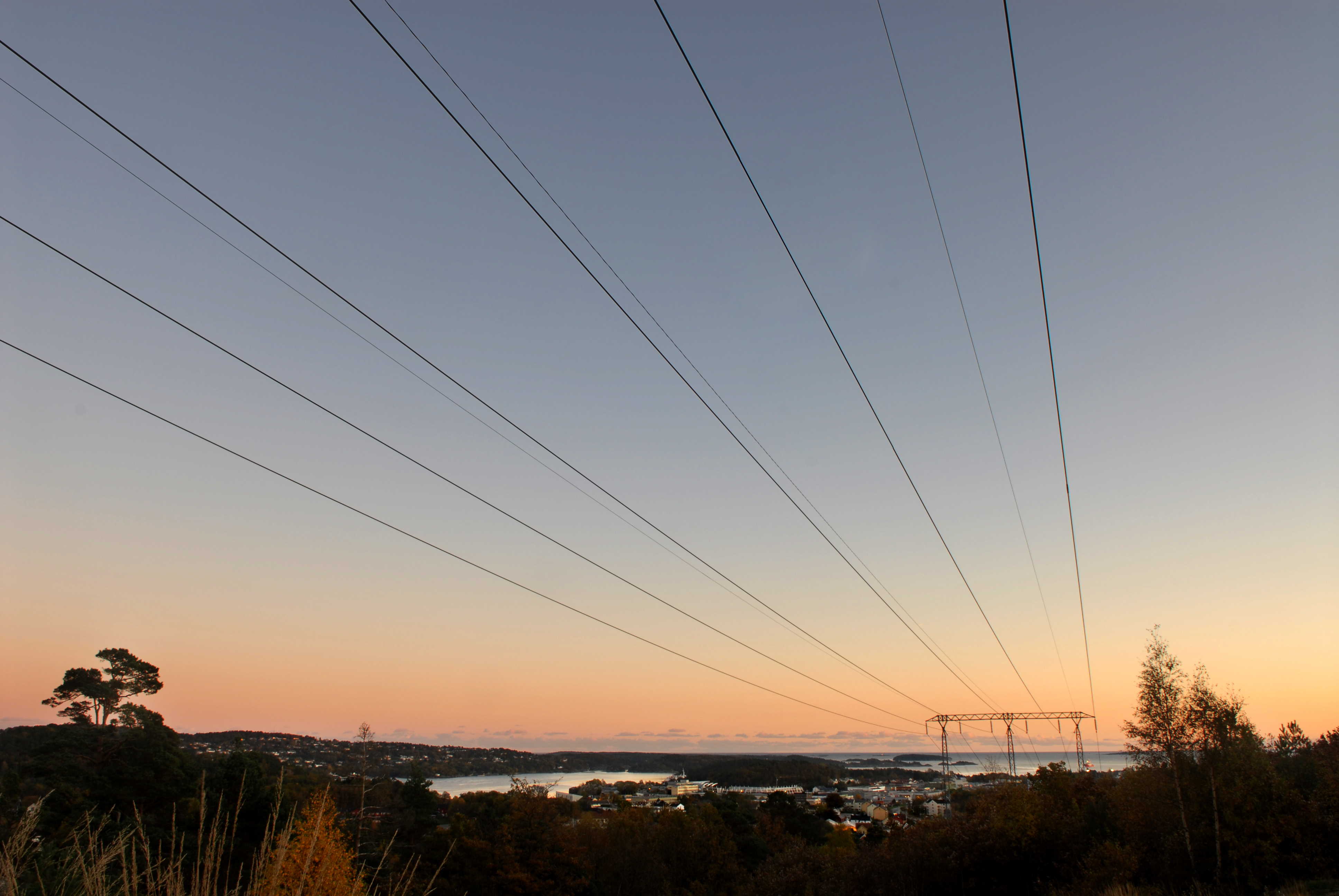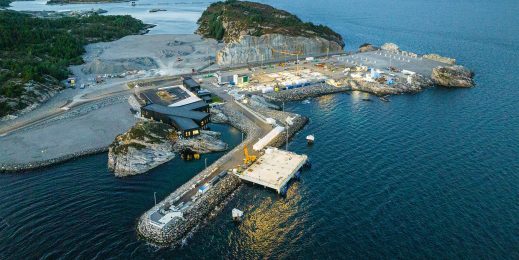Smart grid keeps the lights on
It’s estimated that by 2030 almost 60 percent of our global population will live in cities. This urban migration is felt even more acutely in Europe, where more than 80 percent of us are predicted to live in towns by 2050. This puts intense pressure on city infrastructure, especially energy grids. To address our needs today and plan for a sustainable future, Europe’s utilities must modernize.
Technology and green energy companies have already created software and hardware that can transform our utilities. From electrical grids, to water supplies, to gas networks, new technology is able to make these systems more efficient and to plug in renewable energy supplies.
Across the world, utility and smart technology providers are seeking to prove these new technologies with pilot projects and kick-start vital conversations with governments and national stakeholders. These conversations are happening in Asia and North America, and Europe has a number of pilot projects that are already breaking new ground.
Norway is one country leading the way, and is earning a reputation for its citizens’ green thinking. There are 50,000 electric vehicles (EVs) on the roads in Norway, the largest amount of EVs per capita in the world. The rapid growth in these greener vehicles poses challenges, however, as more electricity must be generated to power them, and Norway’s electrical substations are already under considerable strain.
But technology that can store energy – such as EVs, residential solar panels and smart homes – also offer a huge opportunity to boost efficiency and national sustainability. If utility companies were better able to identify and engage these resources, then they would be able tap them in times of high demand. This reduces the demand on existing infrastructure, avoiding the expense of building new substations, and saving consumers money by reducing peak power usage.
At the Nordic Edge Expo earlier this month, Norwegian energy company Agder Energi announced its plans to embrace this opportunity and transform the grid to make it more efficient, flexible and predictable.
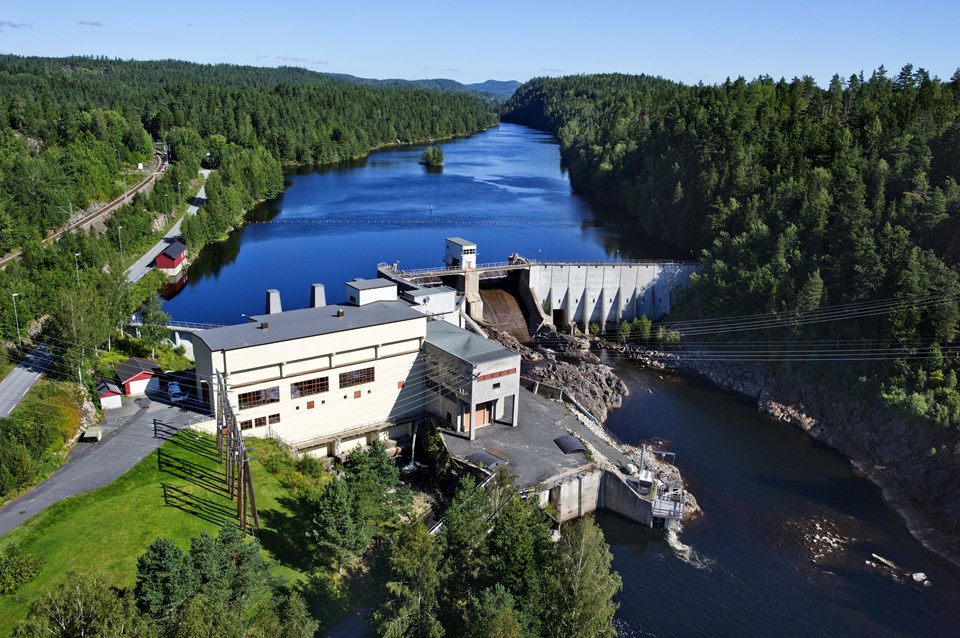
Agder Energi is the third largest power producer in Norway, operating the power grid in 30 municipalities of the Agder region. Agder Energi’s resources are entirely renewable, with the majority produced through hydropower, but were still under pressure from Norway’s increasing demand. Some of Agder Energi’s sub-stations were operating at 120 per cent capacity on cold days, risking power cuts in local homes and substantial physical damage to the grid itself.
To tackle this, the company partnered with Microsoft, LOS Energy, Enfo, PSC and Powel AS, an expert software provider in the utilities space, to create a smart grid pilot project powered by the Microsoft cloud. The pilot will be operated at an Agder Energi substation that is currently operating over capacity at several times throughout the year. The intelligent, cloud-based solution will allow Agder to predict demand and see which power resources are ready and available to address peaks in demand.
For this pilot project, the Microsoft Azure intelligent cloud, PowerBI and Azure IoT Hub were combined with expertise from the other partners to provide Agder Energi with tools to improve dispatch of new energy resources, including device controls and predictive forecasting. With increased situational awareness, the plant can predict and react to demand.
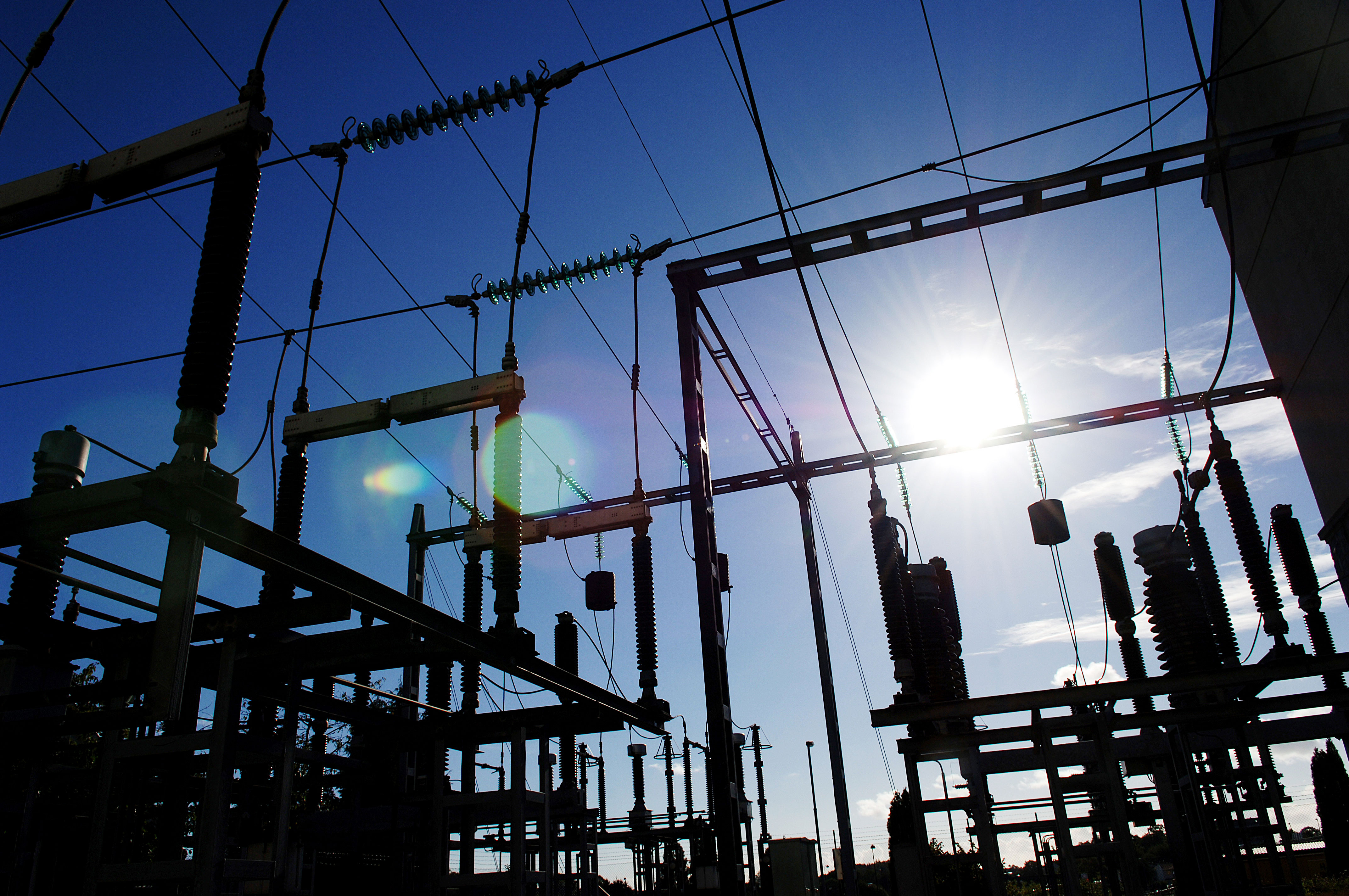
The potential for the pilot program is huge. Distributed resources like rooftop solar and EVs are continuing to grow in popularity among consumers. A smart grid solution that can take advantage of these new energy resources has the potential to not only improve grid efficiency and reliability, but also enable utilities to better integrate renewable energy assets as they come onto the grid. By digitizing the grid, it is possible to address demand in a more sustainable way.
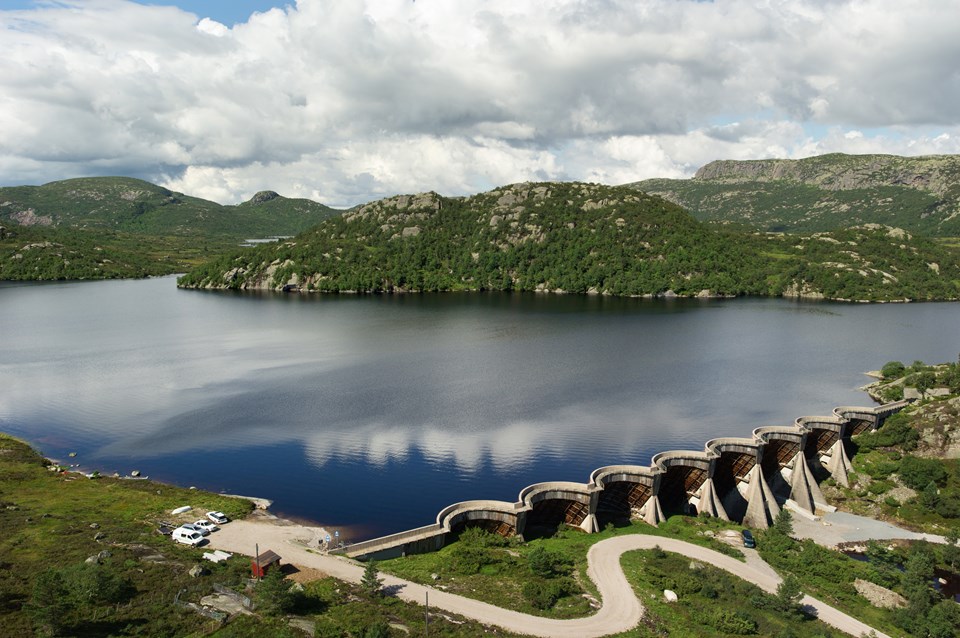
The demand for electricity seems poised only to increase over the next decades. But innovations in renewable energy and intelligent cloud solutions will transform the way our electric grids are operated. Smart grid solutions like the Agder pilot can address current issues of demand and infrastructure, while also accelerating widespread renewable and distributed power generation. Technologies like these are essential for keeping the lights on now and in the future.





